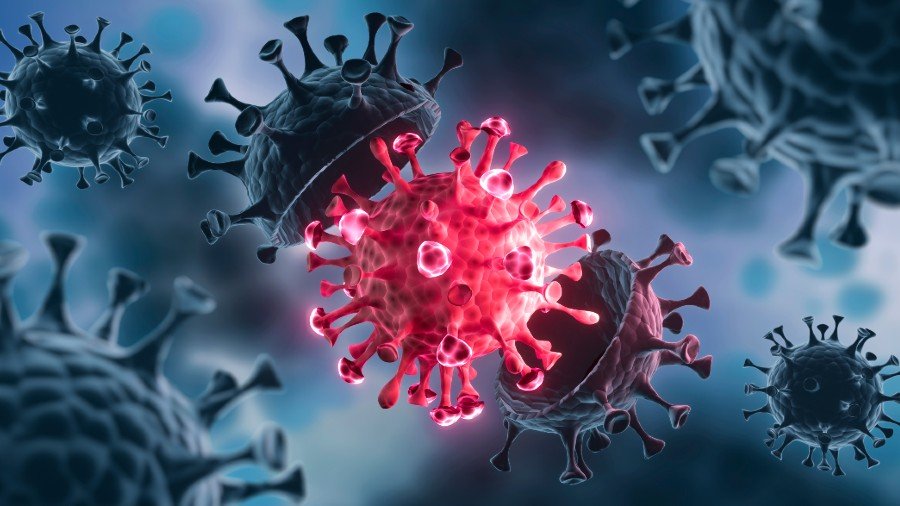As of May 24, 2025, the world finds itself once again cautiously watching the slow but steady rise in COVID-19 cases. While the pandemic no longer grips the globe the way it once did, recent developments remind us that the virus hasn’t disappeared — it has simply become quieter, subtler, and more selective in its spread. In India and around the world, health authorities are taking careful steps to stay ahead of potential trouble.
In Delhi, government officials have advised hospitals to be fully prepared, urging them to ensure beds, oxygen cylinders, life-saving medicines, and vaccines are all available. It’s not panic mode — not yet — but it is a return to caution. Doctors and staff are being reminded that, while the latest variants haven’t shown signs of being more deadly, the virus is evolving, and vigilance is our best defense.
Elsewhere, smaller outbreaks are starting to draw attention. In Noida, a 55-year-old woman tested positive after a train journey, prompting authorities to begin contact tracing. In Ghaziabad, four new infections have been reported, one of which required hospitalization. These cases are small, but they are enough to reawaken memories of earlier waves — and to push local administrations to act quickly and decisively.
Bengaluru reported a more emotionally charged development: three babies, including a nine-month-old boy from Hoskote, tested positive for COVID-19. While health experts assure the public that these cases are being carefully managed, the thought of infants dealing with the virus hits home for many — especially parents who have fought so hard to protect their children during the pandemic years.
Across India, health authorities have also detected two new COVID-19 subvariants — NB.1.8.1 and LF.7. These have not yet caused major surges, but scientists are tracking them closely, looking for signs of increased transmission or severity. The fact that the virus continues to evolve, even quietly, is a clear message: complacency is not an option.
Interestingly, Maharashtra’s Nagpur reported zero active COVID-19 cases, a quiet victory in a country where some regions are again on edge. But even in areas with no active cases, health experts are urging people not to let their guard down. Masks, hand hygiene, and social distancing might feel old-fashioned to some, but they remain relevant — especially when the virus shows signs of returning.
Globally, the picture isn’t too different. The World Health Organization continues to monitor multiple variants, including JN.1 and LP.8.1, both of which are being studied for their potential impact. In response to these shifts, vaccine makers like Moderna are racing to update their formulations. The FDA has pushed for more rigorous trials before approving these updated vaccines, especially for younger, healthier individuals — a move that has sparked debate about how to balance speed with safety.
All of this serves as a quiet reminder: COVID-19 may no longer dominate headlines or daily life, but it’s not gone. It has become part of our world in a more subtle way, showing up in scattered cases, minor surges, and evolving strains. What matters now is how we respond — not with fear, but with responsibility. Listening to health experts, following guidelines, and staying updated on vaccines are small steps that can prevent a big crisis.
The world is more prepared today than it was in 2020. The fear has largely faded but so has the urgency. If we can hold on to the lessons we’ve learned — about health, science, and community — we stand a good chance of keeping the virus in check. The story of COVID-19 isn’t over, but we now get to write the next chapter — and hopefully, it’s one of calm, care, and control.










